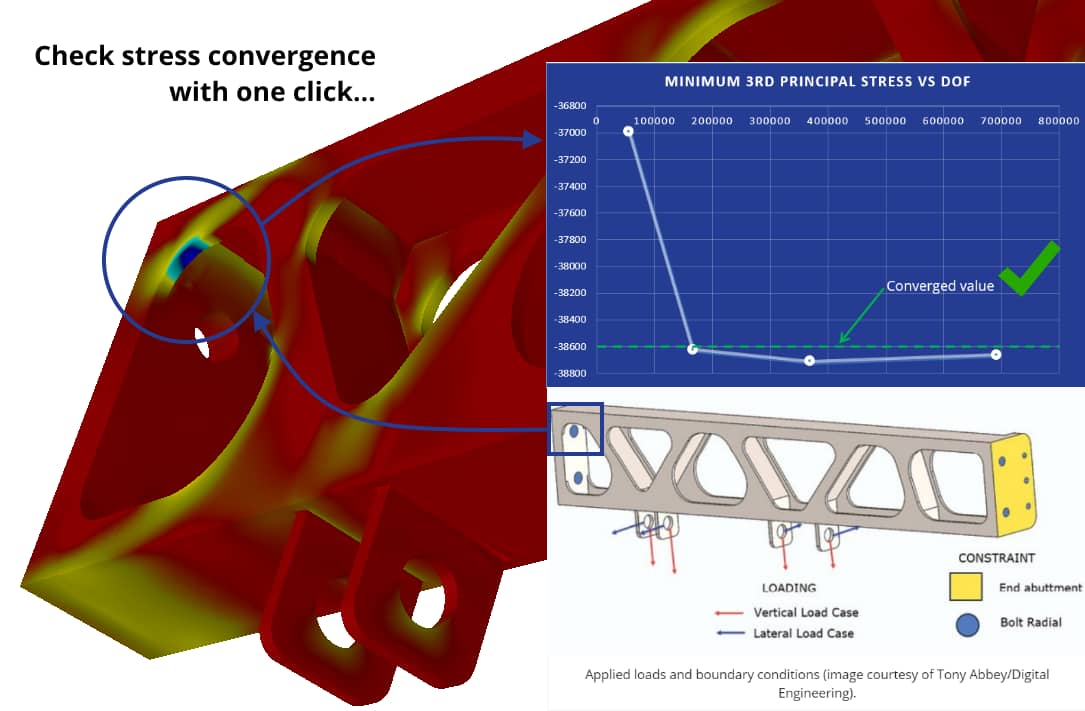Strategies for verifying the accuracy of engineering data will be explored, including best practices and common pitfalls engineers may encounter when assessing the quality of the results.
January 16, 2019 @ 1:00 pm EST
How Do You Verify the Accuracy of Engineering Simulations?

In this webinar we will discuss how ESRD’s S.A.F.E.R. Simulation techniques can be used to objectively verify the accuracy of engineering simulations computed by FEA.
WEBINAR HIGHLIGHTS
- Why is the practice of solution verification for FEA results important? And what checks must always be performed before reporting your FEA results as “accurate”?
- We will examine a variety of publicly-available and industry-applicable case studies, benchmarks and industry examples to determine the most efficient and reliable methodologies to perform solution verification.
- LIVE DEMO: You will see a demonstration of ESRD’s StressCheck and its S.A.F.E.R. live dynamic results extractions for an industry example, and learn how StressCheck makes verifying the accuracy of results quick and pain-free.
WATCH THIS WEBINAR
Looking for Resources?
Recent News & Events
Quick Links
Testimonials
-
“At DST Group, we have effectively used StressCheck over the last 10 years to determine accurate stress intensity factors. The results have been used to improve our residual strength and structural life estimates for aircraft in service with the Royal Australian Airforce, including C-130, P-3C and F/A-18 A/B. We have found it to be extremely easy to use and a very versatile code with which to create parametric models.
We have recently used StressCheck to obtain improved stress intensity factor solutions (Improved stress intensity factors for selected configurations in cracked plates and Improved stress intensity factors for a single corner crack at a loaded fastener hole) for five key generic configurations. These transferable parametric results have been published externally. One specific example is the non-linear contact analysis of a cracked, filled fastener hole, with both fastener and remote plate loading.”
Dr. Manfred Heller, Head
Structural & Damage Mechanics, DST Group
 Serving the Numerical Simulation community since 1989
Serving the Numerical Simulation community since 1989 





